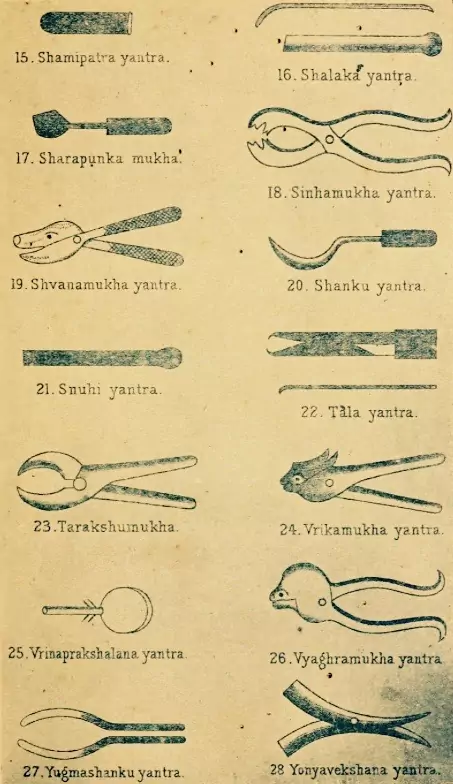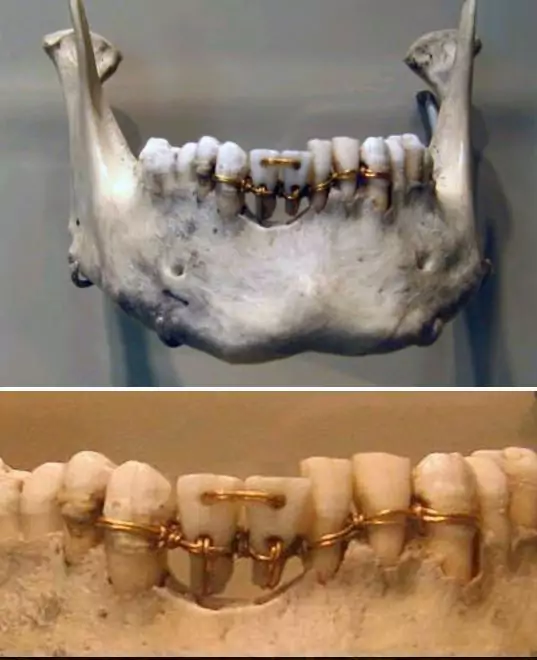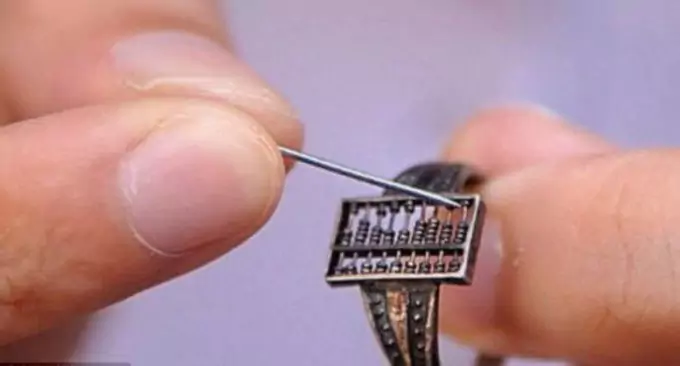A peek into the Sushruta Samhita and ancient medicine
Healing and religion are inexplicably linked. Many beliefs and practices that modern science debunks as myths used to be non-fiction at the time. The knowledge we regard as true for now may later be proved false, and the newest medical textbooks are outdated the moment they’re published.
As I’m writing a fictional story about magic medicine, I’ll have to go deep into the roots of ancient practices. I decided to base the beliefs and methodologies on the Sushruta Samhita, an extensively documented artifact from BCE. I can’t read Sanskrit, so I settle for An English Translation of the Sushruta Samhita by Kaviraj Kunja Lal Bhishagratna. India was the most advanced societies regarding surgical practice, experimenting with plastic surgery long before the French.*
The translation is split into three volumes of over 500 pages, so it’s not a very fun read. The physical copies are over 100 years old.
Volume I ・ Volume II ・Volume III
Volume I gives us lovely illustrations of all the surgical tools. Wouldn’t you like to own a set of cute vrikamukha yantra (wolf-faced forceps)?

Source: Wikimedia
Volume I “Introduction” (p. X) has a footnote that says Western medicine is indebted to Eastern medicine. Ah, what wonderful nationalistic pride on the translator’s part.
“The great works of Charaka and Sushruta were translated into Arabic, under the patronage of Kaliph Almansur, in the seventh century. The Arabic version of Sushruta is known by the name of “Kelale-Shawshoore-al-Hindi.” These translations in their turn were rendered into Latin. The Latin versions formed the basis of European medicine, which remained indebted to the Eastern science of medicine down to the seventeenth century.” — History of the Aryan Medical science (Thákore Sáheb of Gondal) P. 196.
Parallel Developments #
The Structure of Scientific Revolutions by Thomas S. Kuhn describes how scientific progress does not take a linear trajectory of accumulation, but backtracks and swirls and gets lost. After years of debate, a theory reaches popular consensus.
Ancient medicinal theories were likely both right and wrong about certain things. There was also a disconnect between scholarly medics and surgeons in Medieval Europe, where doctors were considered too sohpisticated and educated to deal with blood and amputations. Another common stereotype is that the Egyptians believed the heart was the center of thought, but any battlefield surgeon could observe that the soldier who got bashed in the head would never act the same.
While we can claim that the Sushruta Samhita was the most advanced medical text that existed at the time, simultaneous Egyptian and Greek societies had their own developments. Take a look at this Egyptian dental work. As long as you had the money, you got to keep your teeth!

I’m always fascinated with ancient technology and the ingenuity of past humans. Here’s an abacus ring from the Qing dynasty. Literally an ancient smartwatch!

Header image by Sompoch Assawachotechuangkul